Dedication to L. Ron Hubbard’s Battlefield Earth
In 1983, L. Ron Hubbard gave his last public interview to the Rocky Mountain News upon publication of Battlefield Earth. He was asked, “What, really, was that period now described as “the golden age of science fiction?” Mr. Hubbard responded,
“There have been articles and books on the subject and you will get many different answers.
“Those of us who were there writing during that period have a unique viewpoint because we were there. ‘Golden age’ was a later characterization. At the time, it meant simply an explosion of interest and opportunities.”
In his Introduction to Battlefield Earth, L. Ron Hubbard establishes that there was indeed a greater purpose to science fiction:
“But there is more to this: science fiction, particularly in its Golden Age, had a mission. I cannot, of course, speak for my friends of that period. But from Campbell and from ‘shooting the breeze’ with other writers of the time, one got the very solid impression that they were doing a heavy job of beating the drum to get man to the stars.”
And so with this blog post, we are launching a series of 87 posts, each dedicated to one of that merry crew of science fiction and fantasy writers of the thirties and forties to whom L. Ron Hubbard dedicated his novel, Battlefield Earth. Along with the dedication, please enjoy photos of these writers – several were not easy to find!
Diego Martinez, a science teacher and fan of Battlefield Earth, will be writing these posts. He sees it as more than a mission, rather these authors were conspiring for a better world.
Dedication
This brand-new novel is dedicated to Robert A. Heinlein, A. E. van Vogt, John W. Campbell, Jr., and all the merry crew * of science fiction and fantasy writers of the thirties and forties—The Golden Age—who made science fiction and fantasy the respected and popular literary genres they have become today.
* Stars of that time include, in part: Forrest J. Ackerman, Poul Anderson, Isaac Asimov, Harry Bates, Eando Bender, Alfred Bester, James Blish, Robert Bloch, Nelson Bond, Anthony Boucher, Leigh Brackett, Ray Bradbury, Fredric Brown, Arthur J. Burks, Edgar Rice Burroughs, Karel Čapek, E. J. Carnell, Cleve Cartmill, Arthur C. Clarke, Hal Clement, Groff Conklin, Ray Cummings, L. Sprague de Camp, Lester del Rey, August Derleth, Ralph Milne Farley, Hugo Gernsback, Mary Gnaedinger, H. L. Gold, Edmond Hamilton, Robert E. Howard, E. Mayne Hull, Aldous Huxley, Malcolm Jameson, David H. Keller, Otis Adelbert Kline, C. M. Kornbluth, Henry Kuttner, Fritz Leiber, Murray Leinster, Willy Ley, Frank Belknap Long, H. P. Lovecraft, R. W. Lowndes, J. Francis McComas, Laurence Manning, Leo Margulies, Judith Merril, Sam Merwin, Jr., P. Schuyler Miller, C. L. “Northwest Smith” Moore, Alden H. Norton, George Orwell, Raymond A. Palmer, Frederik Pohl, Fletcher Pratt, E. Hoffman Price, Ed Earl Repp, Ross Rocklynne, Eric Frank Russell, Nathan Schachner, Idris Seabright (Margaret St. Clair), Clifford D. Simak, C. A. Smith, E. E. “Doc” Smith, Olaf Stapledon, Theodore Sturgeon, John Taine, William F. Temple, F. Orlin Tremaine, Wilson Tucker, Jack Vance, Donald Wandrei, Stanley G. Weinbaum, Manly Wade Wellman, H. G. Wells, Jack Williamson, Russell Winterbotham, Donald A. Wollheim, Farnsworth Wright, S. Fowler Wright, Philip Wylie, John Wyndham, Arthur Leo Zagat, and all their illustrators. They are all worth rereading, every one.



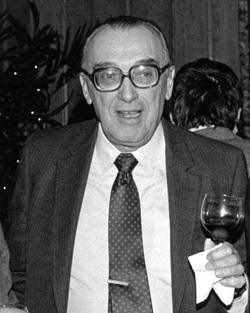
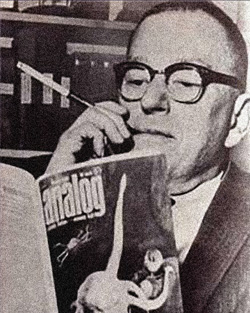









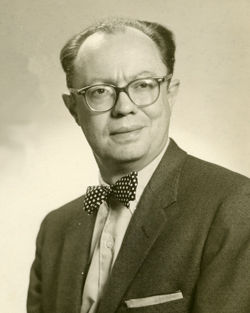





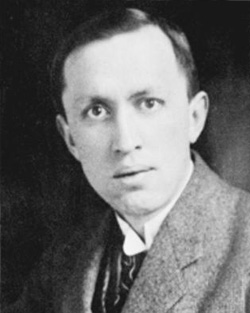











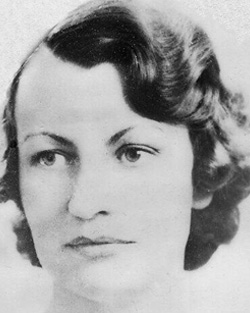













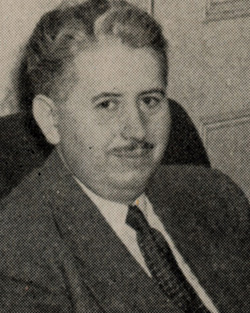









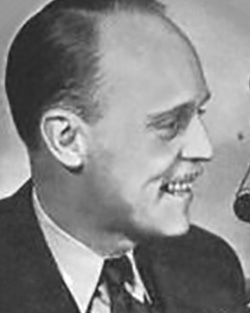


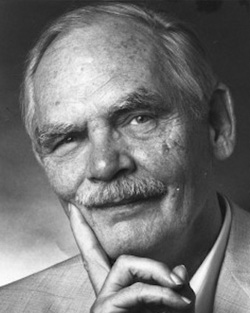

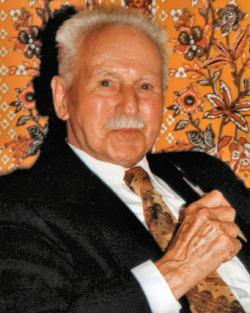












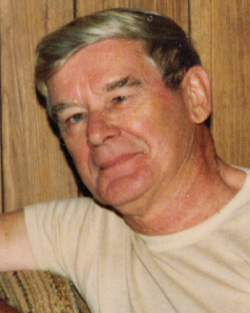












I have in my library, among those listed, books by Lovecraft, Asimov, Vogt, Wells, Burroughs and Orwell.